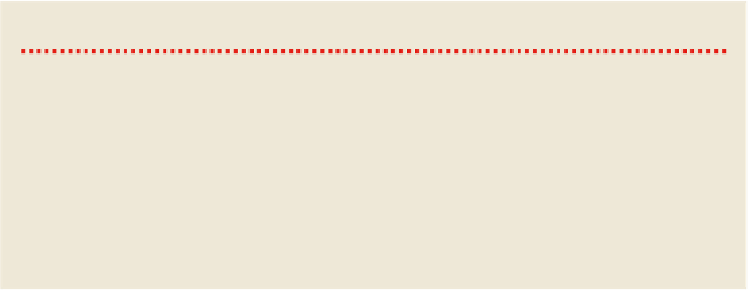Travel Reference
In-Depth Information
Numerous war memorials, built to honour the Soviet and Mongolian dead, are scattered
about the area, most of them on the road to Khalkh Gol (town). Near the river bank
there's a modest memorial marking the
unknown heroes' grave
(GPS: N 47°51.809', E
118°28.243')
, where 90 nameless Mongolian men are seeing out eternity. Others are real
socialist masterpieces, the most impressive being the
Yakovlev Сhuudiin Tank Khoshuu
(Monument for Yakovlev Tank Brigade; GPS: N 47°48.813', E 118°32.856')
, a Soviet tank on a ped-
estal 23km northwest of the town, and the 10m-high
Yalaltiin Khoshuu
(Victory Monu-
ment; GPS: N 47°38.091', E 118°35.944')
, just outside Khalkh Gol, a stylised Mongolian maid-
en on one side and grim-faced Soviet and Mongolian soldiers side by side on the reverse.
Museum
MUSEUM
(admission T3000; 10am-5pm Mon-Fri, to 3pm Sat)
You can play with the anti-aircraft
guns in the courtyard outside the history museum in Khalkh Gol, and peek out of the re-
created dugout. Inside, a caretaker shows you the diorama of the area, the battle maps,
the photos of the soldiers and the tools of war scattered throughout, accompanied by
sombre music over the loudspeakers. The museum is supposed to get a facelift by 2019
to celebrate the 80th victory anniversary.
Ikh Burkhant
MONUMENT
(GPS: N47° 52.402', E118° 27.175')
At Ikh Burkhant, a huge image of Janraisag ('Avalokites-
vara' in Sanskrit) is carved into the hillside, its legs splayed out. The carving was com-
missioned in 1864 by local regent Bat Ochiriin Togtokhtooriin, or Tovan (van means
'lord') and was renovated in the mid-1990s. There are fearsome deities guarding the
prayer wheels and eerie shattered stone faces scattered about. If you walk up to its head,
you'll see a couple entwined in an eternal stone embrace. Ikh Burkhant is right on the
roadside, about 32km northwest of Khalkh Gol; there's a military checkpoint here.
THE BATTLE OF KHALKHIIN GOL
After occupying Manchuria in 1931, which borders Mongolia's eastern Dornod
province as well as Siberia, Japan turned its attention to the west. It seems that
Japan's intention was to integrate Siberia into its territory and overrun Mongolia,
creating a buffer zone between itself and the Soviet Union. Skirmishes were fought
on both sides of the Khalkhiin Gol throughout the summer of 1939, until the nu-
merically superior Japanese forces were destroyed by a joint Soviet-Mongolian ef-
fort led by Marshal Zhukov at the end of August, with Japan losing up to 45,000
men. A nonaggression pact was subsequently signed by Japan and the Soviet
Union, leaving Stalin free to forge the temporary alliance with Nazi Germany and



